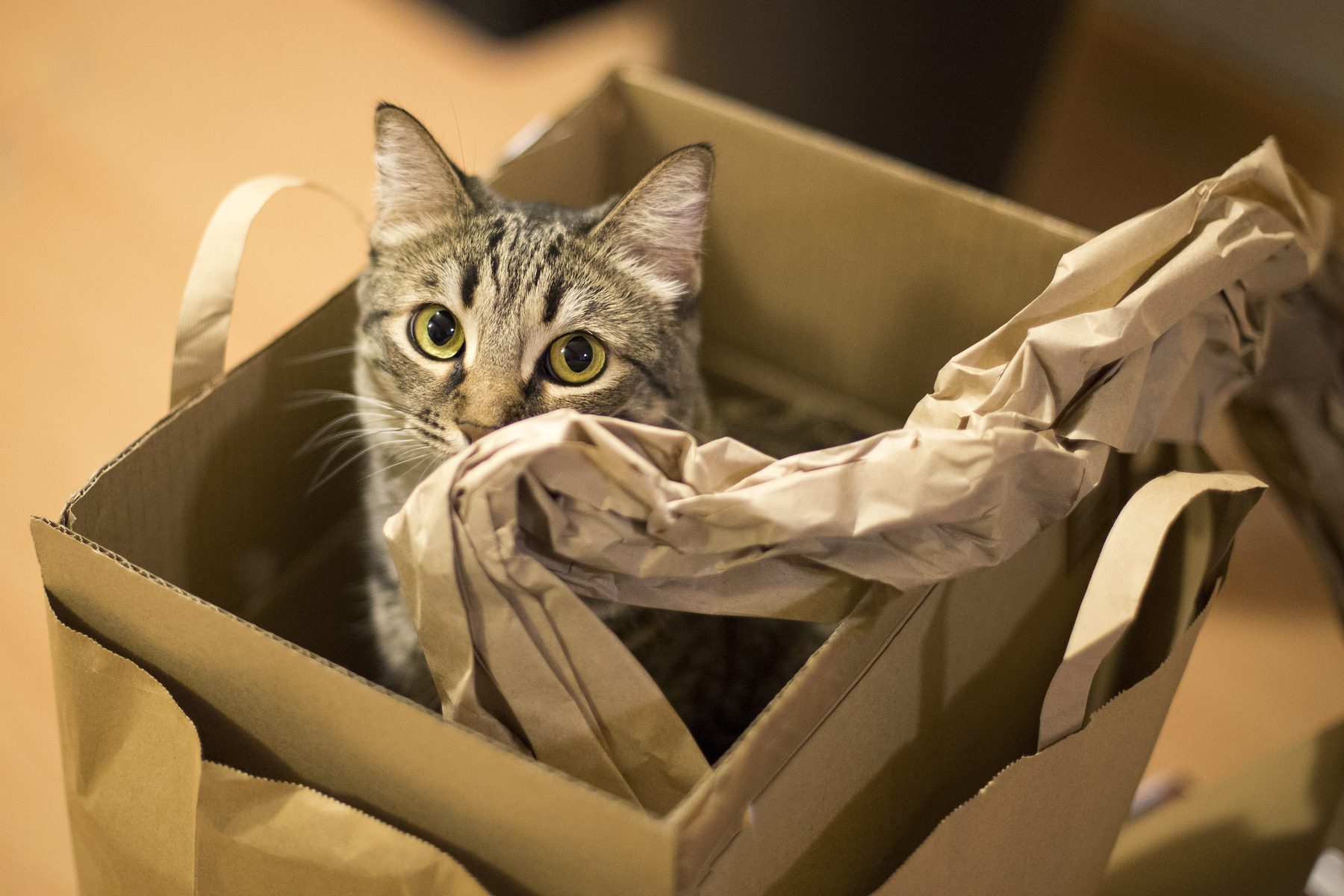Moving With a Pet

Moving with a pet is difficult. They can get just as stressed out by the sudden change in environment as you, only they don’t understand why — and you can’t explain it to them.
Keep your pets from getting too scared or stressed out during the moving process with our suggestions below. They'll help both you and your furry friend feel more comfortable and less anxious.
Getting ready for the move
- Get them used to moving early: Start packing early, keeping boxes in places that your pet is likely to see them. This will help them feel more comfortable when the move is in full swing and the house is full of boxes.
- Contact your vet to get/transfer records and find a new vet: You’re going to have to find a new vet, so get a head start. Talk to your current vet and see if they have any recommendations where you’re moving, and collect any records you’re going to need. This will make the transition much easier on you, and your pet is less likely to have to deal with a bad vet after the move.
- Check state and local laws: Are there restrictions on what pets you can have? Do you have to register them with the state, county, or city? Don't get caught off-guard.
- Take lots of pictures of your pet: During and after the move, losing your pet becomes a lot more likely. By keeping a lot of pictures, you’ll be better able to help others in your neighborhood identify your pet if he or she goes missing.
- Update their tags/microchips: For the same reason as the pictures, you’re going to want to ensure their tags and microchips have your new address. It’s not going to be a lot of help if someone finds your pet and shows up at your previous home to return them.
- Prepare an overnight kit: Just like you should prepare yourself for the first day at your new place, you should also prepare your pet. A box with their food and water bowls, some toys, food, and anything else they like is going to help them feel a lot less stressed in your new home.
During the move
- Take your pet with you in the car: If you’re driving to your new place, you’ll want to keep your pet with you in your vehicle. This should help them feel more comfortable when leaving the environment they're used to.
- Get someone else to watch them while moving in: If you know someone near your new place who can watch your pet, ask them to. Introducing them to at least a partially unpacked house will help reduce their stress levels.
- Keep them in their kennel during move-in: If you can’t find someone to watch them, keeping them in their kennel should provide a familiar feeling. Place it in a side room, away from all the people moving in and out, to help calm stress.
- Pet-proof the new place: While you’re moving in, set up any necessary safety measures. A gate to keep your dog from jumping into the wrong room or latches to keep cats and dogs from getting into cabinets are useful to have as early on as possible.
Once you’ve moved in
- Keep them in one room, then expand access slowly: Opening up your whole house to your pet after a move can be overwhelming for them. Instead, slowly expand their access from one room to another. It’s impossible to say exactly when and how to let them go further into the house, so use your own judgment for how comfortable they seem to be with their surroundings and how curious they are to explore.
- Fill their room with familiar things: When you’re keeping them to a single room, make it one they’ll feel comfortable in. Food bowls and a litter box are obvious, but don’t forget their toys, beds, or anything else they regularly use.
Moving with a pet is stressful, but you can do things to mitigate it. Even some small things can make a big difference for both of you, making moving with a pet a less difficult experience.

